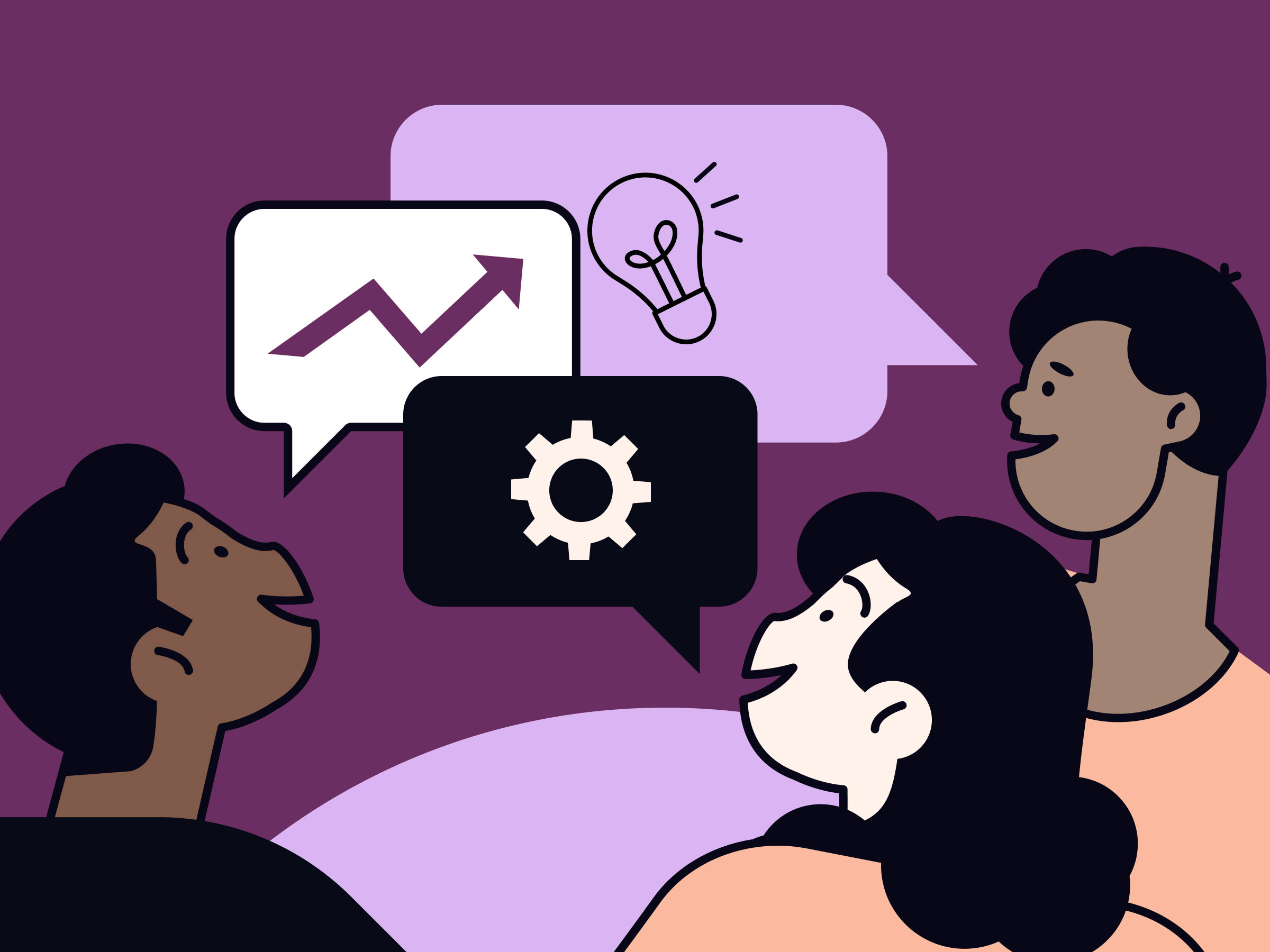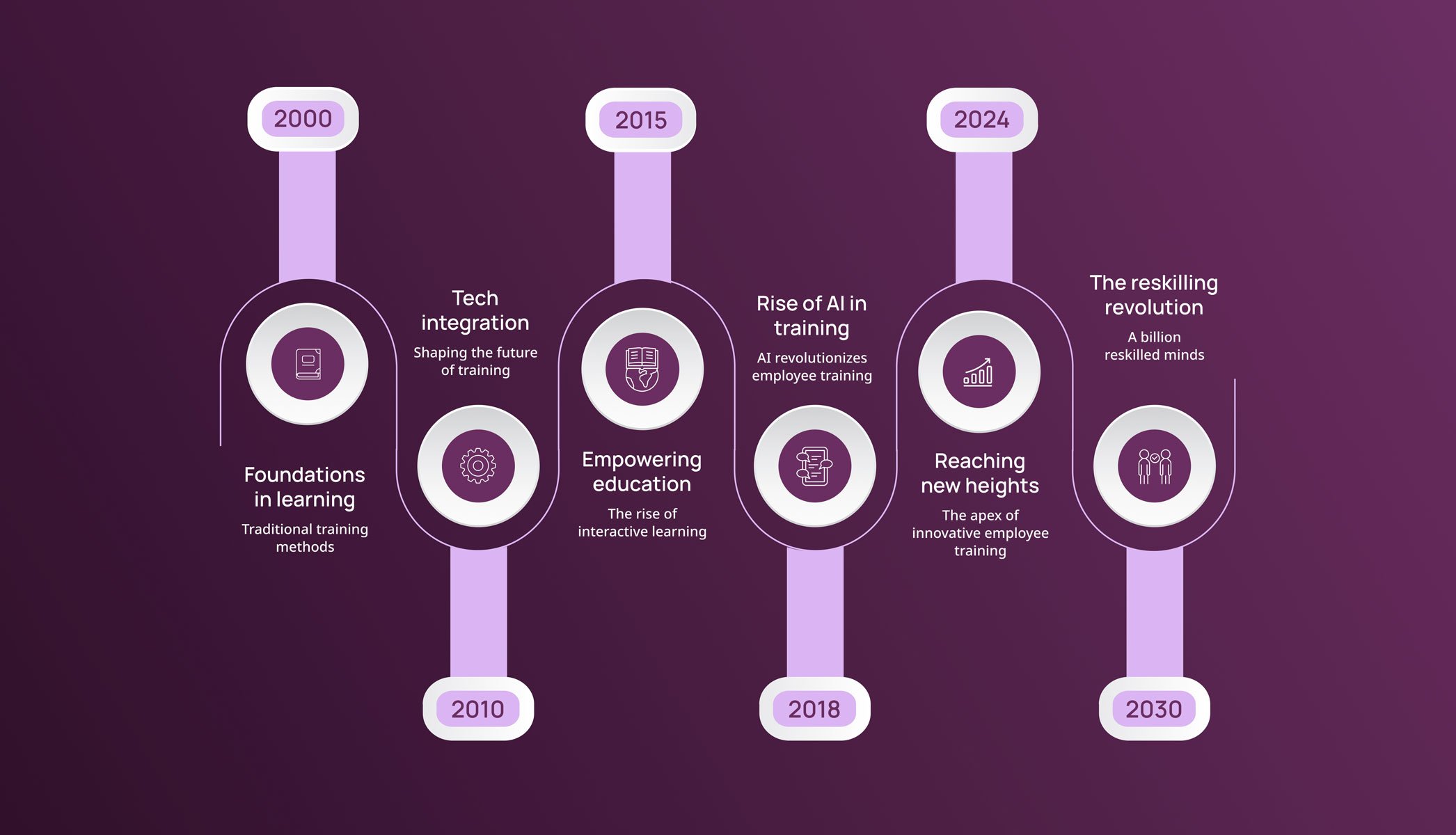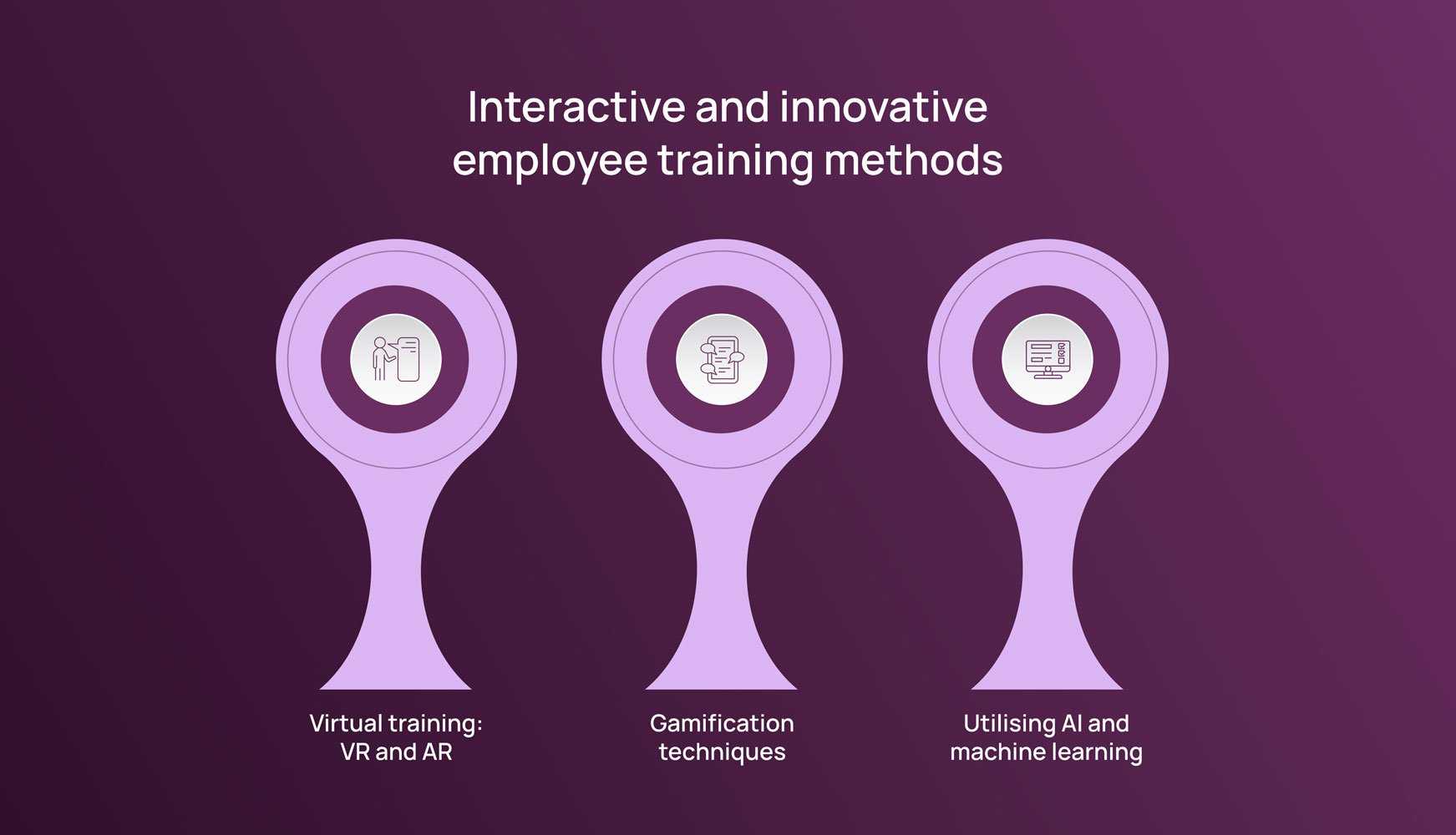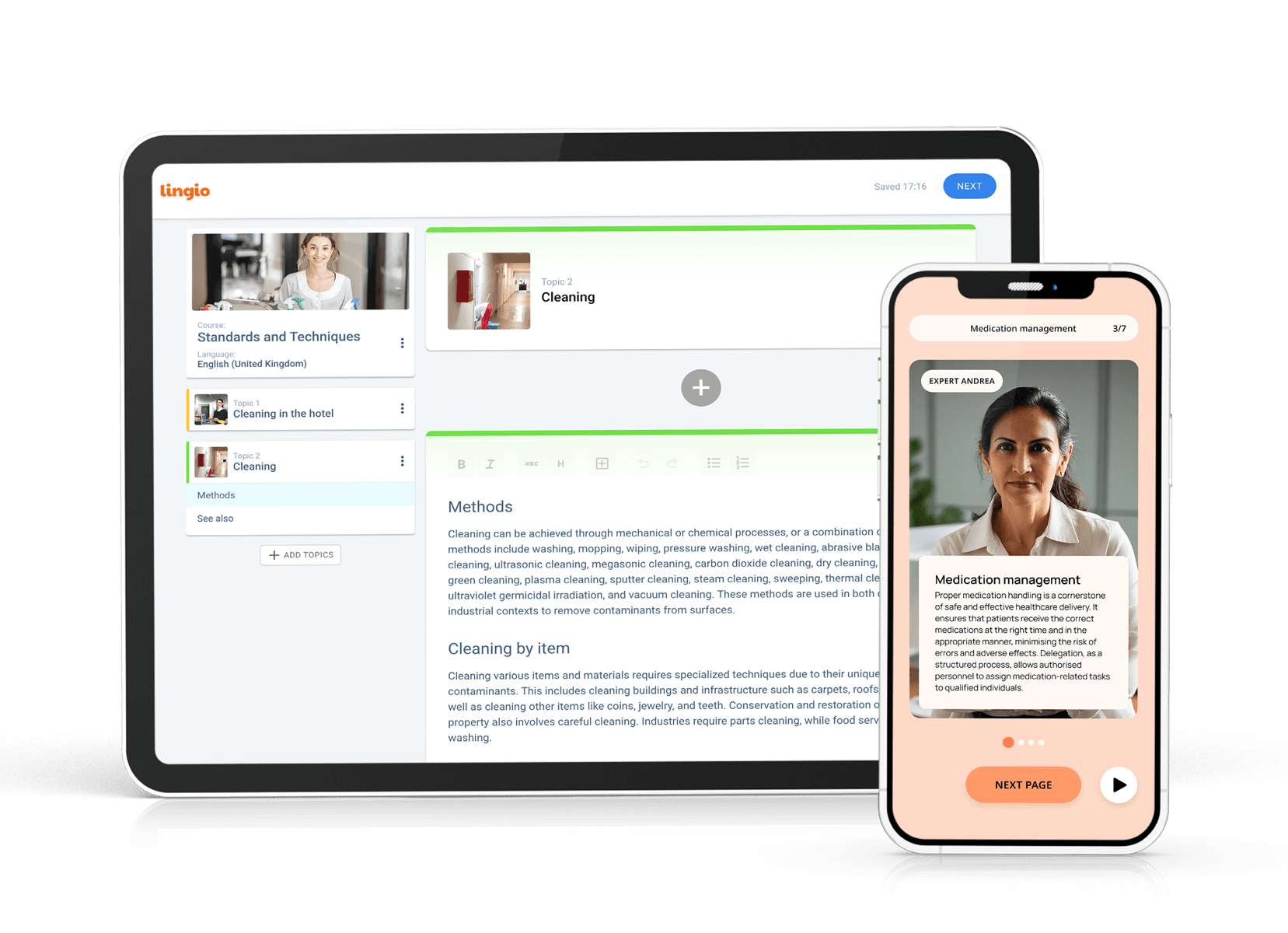Designing your employee development and training program
1. Setting employee training objectives and goals
Designing an effective employee training and development program in 2025 starts with setting clear objectives and goals, especially for new hires, highlighting the benefits of new employee training. A well-structured new-hire training plan is essential for seamless onboarding, equipping employees with the skills to become more productive and confident in their roles. This plan should include essential learning information broken down into manageable segments to prevent overload.
When designing your employee training and development program, outline the specific technical and soft skills, knowledge, and behaviours that align with the job requirements and organisational goals. Communicating these expectations, along with an employee feedback system, sets a strong foundation for training and developing employees effectively. This approach aligns proper training in the workplace with company objectives and enhances the overall job satisfaction and performance of new employees. A successful employee training program aligns with business goals and requires support from all levels of the organization, ensuring effective learning initiatives.
2. Analysing target employee training needs and preferences
A crucial step in designing an employee training program is identifying your target audience and the skill gaps among your workforce, which is integral to understanding the benefits of training employees. Are you aiming to onboard new staff members or train and educate employees with specific technical training? Understanding what employees need and want from their workplace training and roles allows you to create relevant, engaging, and effective programs.
Conducting a training needs analysis is an effective way to systematically pinpoint the discrepancies between current capabilities and the desired skills and abilities of employees. This process can be executed through various methods like direct observation, assessments, reviewing documentation, or benchmarking against industry standards. Collecting data on employees’ current performance, including their strengths, weaknesses, and potential areas for improvement, also helps. This detailed understanding of your workforce’s needs ensures that the employee training program you develop is well-targeted, addressing specific gaps and preferences, ultimately leading to more effective and efficient skill development across your organisation.
3. Selecting the right tools and technologies for employee training
Choosing the right tools and technologies is essential when creating your employee training program. Specifically-designed employee training and development software has become valuable in promoting staff growth and retention through impactful educational programs. An increasing number of organisations are leveraging these platforms to create engaging and meaningful professional development learning experiences for their employees. And many of these tools can be effectively integrated into on-the-job training or onboarding processes.
eLearning platforms offer flexible, accessible, and cost-effective learning solutions, showcasing the benefits of employee training programs. These platforms provide a more inclusive alternative to conventional staff training software with limited features. eLearning platforms often enable employees to train at their own pace, anytime and anywhere, offering diverse learning formats such as interactive online courses, videos, podcasts, quizzes, games, and simulations. They can also facilitate collaboration and peer learning.
At Lingio, we take pride in our comprehensive employee training and development platform. Our eLearning platform includes our AI Course Creator for custom course creation, a coaching portal for managers, and an extensive course library filled with premium, ready-to-use online courses.









